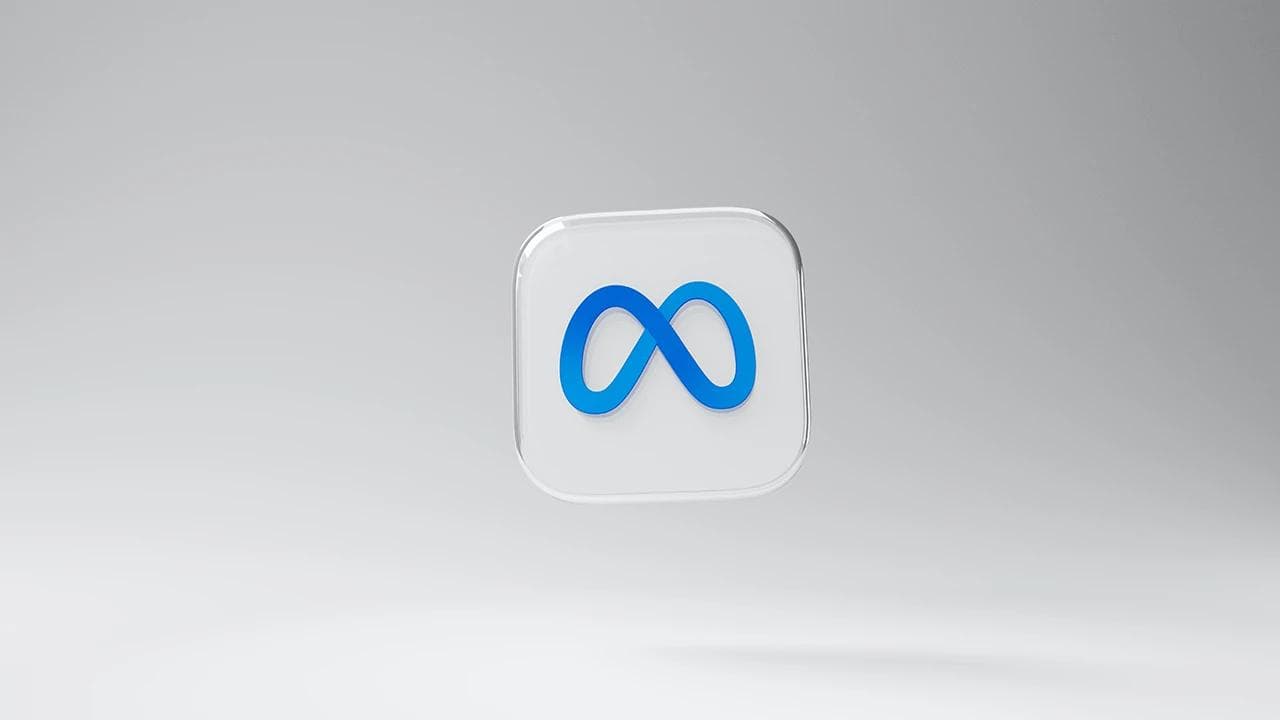Llama2 vs GPT-4: A Comparison of AI Chatbots
Llama2 and GPT-4 are two highly regarded AI chatbots in the market. This article compares their features and capabilities, helping you choose the best option for your needs.
Table of Contents
- Introduction to Llama2 and GPT-4
- Conversation Capabilities
- Ease of Setup and Integration
- Accuracy and Personalization
- Llama2 and GPT-4 Pricing
- Conclusion
1. Introduction to Llama2 and GPT-4
Llama2 is an advanced AI model focused on natural language understanding and generation. It uses deep learning techniques and extensive datasets to generate human-like text. Llama2 is versatile, performing tasks like content creation, customer service, and language translation.
GPT-4 is developed by OpenAI and represents a significant advancement in AI capabilities. It has a much larger model and training data set than its predecessors. GPT-4 excels in numerous tasks, including text, image, audio, and code generation. Its applications extend across domains such as content generation, creative writing, and complex problem-solving.
2. Comparison of Conversation Capabilities between Llama2 and GPT-4
What distinguishes Llama2 from GPT-4 in conversation capabilities?
-
Contextual Understanding:
- Llama2: Excels at maintaining context, making it ideal for customer support and chatbots.
- GPT-4: Strong contextual understanding but may sometimes produce less coherent replies in extended conversations.
-
Naturalness and Fluency:
- Llama2: Produces fluent and human-like dialogues, great for content creation and interactive experiences.
- GPT-4: Also generates natural-sounding text and can include multimedia elements in conversations.
-
Task Flexibility:
- Llama2: Strong in language-related tasks like answering questions and providing explanations.
- GPT-4: Versatile, capable of handling various tasks beyond text, such as coding and creating art.
-
Multimodal Abilities:
- Llama2: Primarily focuses on text without multimodal capabilities.
- GPT-4: Can manage text, images, and audio, ideal for interactive conversations.
-
Training Data and Scale:
- Llama2: Substantial but smaller training data compared to GPT-4.
- GPT-4: Impressive scale and breadth of knowledge.
3. Comparison of Ease of Setup and Integration between Llama2 and GPT-4
Which chatbot is easier to set up and integrate?
-
Availability:
- Llama2: Availability may depend on the organization hosting it.
- GPT-4: Generally offers public access with easy API key acquisition through OpenAI.
-
Documentation and Resources:
- Llama2: Documentation quality may vary.
- GPT-4: Extensive resources and clear documentation are available from OpenAI.
-
API Integration:
- Llama2: May involve more custom development effort for API integration.
- GPT-4: Provides straightforward API endpoints, simplifying integration.
-
Fine-Tuning and Customization:
- Llama2: May allow fine-tuning for specific tasks, depending on the hosting entity.
- GPT-4: Offers more flexibility for fine-tuning to meet various needs.
-
Multimodal Integration:
- Llama2: Primarily designed for text: integrating multimodal capabilities may require additional tools.
- GPT-4: Seamlessly integrates multiple data types.
-
Scalability and Performance:
- Llama2: Scalability may depend on the hosting organization.
- GPT-4: OpenAI provides scalable infrastructure.
-
Licensing and Costs:
- Llama2: Licensing terms and costs can vary widely.
- GPT-4: Generally offers transparent pricing.
4. Comparison of Accuracy and Personalization between Llama2 and GPT-4
How do Llama2 and GPT-4 compare in terms of accuracy and personalization?
Accuracy:
-
Llama2:
- Strengths: Highly accurate in generating coherent text for diverse prompts.
- Limitations: Accuracy may vary for specialized queries.
-
GPT-4:
- Strengths: Strong accuracy across broad topics due to extensive training.
- Limitations: Can produce plausible but incorrect information occasionally.
Personalization:
-
Llama2:
- Strengths: Can be fine-tuned for specific contexts but might require additional training data.
- Limitations: Personalization is generally task-specific.
-
GPT-4:
- Strengths: Highly adaptable for personal applications.
- Limitations: Achieving meaningful personalization may need significant training.
5. Llama2 and GPT-4 Pricing
What is the pricing structure for each model?
-
Llama2: Available for free for research and commercial use, encouraging ethical AI advancements.
-
GPT-4: Offers a pay-as-you-go model and subscription plans for larger enterprises.
For GPT-4 with 8k context lengths:
- \$0.03 per 1k prompt tokens
- \$0.06 per 1k sampled tokens
For models with 32k context lengths:
- \$0.06 per 1k prompt tokens
- \$0.12 per 1k sampled tokens
6. Conclusion
Llama2 and GPT-4 are powerful AI models, each with unique strengths. Llama2 specializes in context maintenance and fluent text-based conversations. GPT-4 offers broad knowledge, high accuracy, and multimodal capabilities.
Choosing between them depends on your application needs:
- Llama2 is preferred for text-focused tasks.
- GPT-4 is ideal for diverse and multimodal applications.
Both can be fine-tuned for personalization, but GPT-4 offers greater adaptability. The decision should consider the specific requirements of your projects.
(Edited on September 4, 2024)












